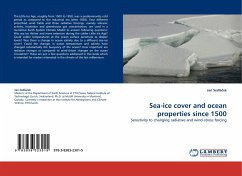
Broschiertes Buch
Sensitivity to changing radiative and wind-stress forcing
14. September 2010
LAP Lambert Academic Publishing

Ähnliche Artikel

Broschiertes Buch
19. Januar 2018
LAP Lambert Academic Publishing

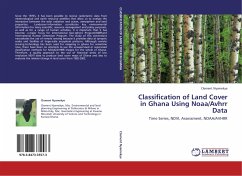
Broschiertes Buch
Time Series, NDVI, Assessment, NOAA/AVHRR
Aufl.
17. Januar 2012
LAP Lambert Academic Publishing

Broschiertes Buch
A case study of Ahmadabad Mumbai Coastal Stretch, India
2012
LAP Lambert Academic Publishing
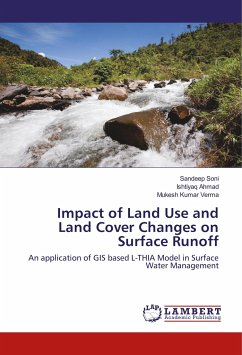
Broschiertes Buch
An application of GIS based L-THIA Model in Surface Water Management
24. November 2017
LAP Lambert Academic Publishing
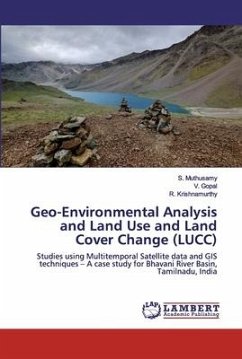
Broschiertes Buch
Studies using Multitemporal Satellite data and GIS techniques ¿ A case study for Bhavani River Basin, Tamilnadu, India
10. September 2019
LAP Lambert Academic Publishing
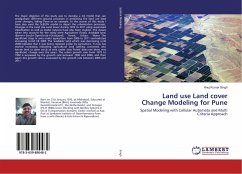
Broschiertes Buch
Spatial Modeling with Cellular Automata and Multi Criteria Approach
27. Mai 2016
LAP Lambert Academic Publishing
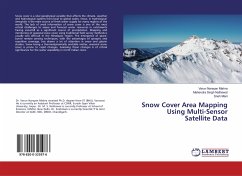
Broschiertes Buch
20. September 2019
LAP Lambert Academic Publishing
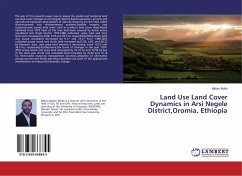
Broschiertes Buch
29. Januar 2015
LAP Lambert Academic Publishing

Broschiertes Buch
5. Juni 2018
LAP Lambert Academic Publishing
Ähnlichkeitssuche: Fact®Finder von OMIKRON
